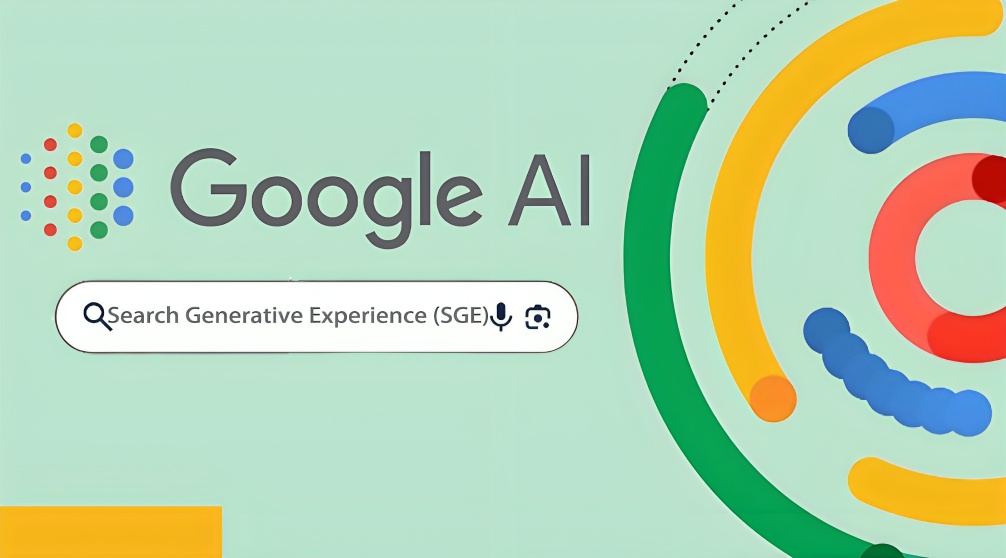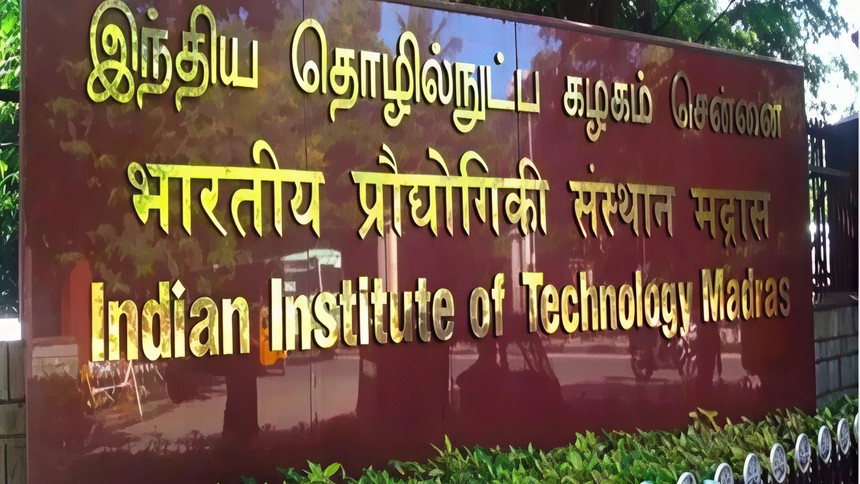Search in India is growing up fast. The latest upgrade does two big things at once. First, AI Mode can now speak with you in seven more Indian languages. That means people who think and shop in Bengali, Kannada, Malayalam, Marathi, Tamil, Telugu and Urdu can ask complex questions in the words they use at home and get detailed summaries back. Second, a new capability called Search Live arrives for India. It lets you point your camera, ask a question with your voice, and get an AI answer that understands the scene in front of you. Put simply, India just got the most ambitious version of search outside the United States.
Why this matters is not only language pride. It is reach. A very large slice of the country has skipped desktop browsing and learned the internet through phones and short video. Text search is still powerful, but it asks people to translate their intent into keywords. Voice and camera remove that translation tax. If you are holding a mixer grinder and want spare jars, you can show it to your phone and ask where to get the compatible set nearby. If you see a train schedule board and want the fastest connection that still gets you home for dinner, you can point, tap to talk and get an answer without typing a single character. That is search meeting reality instead of demanding that reality fit a search box.
The linguistic expansion lands at the perfect moment. India’s regional language internet is exploding. Shopping is social. Queries are conversational. It is normal to mix product names with colloquial phrases and to ask follow up questions that depend on context from the previous answer. AI Mode is built for this kind of back and forth. It can remember that you were comparing two phones and that you care about low light photos more than gaming. It can refine comparisons into a table that reads cleanly on a small screen. It can then hand off to map results or shopping results the second you are ready to act. The gap between research and decision shrinks because the tool speaks like you do.
Search Live is the other half of the big shift. Multimodal interaction sounds fancy. In practice it feels natural. Show a broken hinge, ask if the size is standard and where to get a replacement nearby. Hold the camera on a street sign in a language you do not read and ask for the most likely translation before you miss your stop. Stand in front of a flaky power outlet and ask whether the plug you are holding is compatible and safe for your laptop. The answers are richer than a reverse image lookup because the system can reason about what it sees while listening to what you say.
For businesses, this unlocks a new kind of intent. If people show search their world, then local inventory and service details need to be ready for that moment. Product feeds should include variant photos from multiple angles, model numbers in plain language, and answers to routine compatibility questions. Store pages should have visual cues that match what a camera sees at the entrance or on shelves. Menus need allergen and ingredient metadata so live questions about food can get safe and accurate responses. Multimodal intent rewards brands that treat their data like a product and not an afterthought.
There is also a performance marketing angle here. AI summaries reduce the friction of complex research queries, but they do not remove the need to show up in the right place at the right time. Sponsored listings and structured product information still matter. The difference is that creative and copy need to read like helpful answers, not shouty billboards. Short videos that demonstrate a feature, thirty second clips that solve one problem well, and clean diagrams travel better in a world where camera and voice are first class citizens. The brands that adapt to this tone will win saves and shares, not only clicks.
For creators and publishers, the question is traffic. When AI summarizes, where do the visits go. The honest answer is that discovery patterns will shift. The antidote is to make content that AI wants to cite and that people want to dive into. Original photos, real tests, regional language versions, tables that map specifications to everyday use, and clear bylines will signal authority. If your content solves a problem that AI cannot finish in a paragraph, readers will tap through. That is especially true in India where price comparison and local availability often need a human touch.
Privacy and safety are part of the equation. Voice and camera features work best when latency is low and when model guardrails block obvious misuse. You should see sensitive content filters that refuse certain queries and clear prompts that ask for consent when identifiable faces appear. Expect a slower rollout for some capabilities as the company tunes responses for local law and community standards. That caution is healthy. Mainstream adoption depends on trust.
What should you do this week. If you run a business, audit your local listings and product data. Add regional language blurbs that sound like a human, not a translation engine. Record thirty second explainers and attach them to product pages so AI Mode has clean assets to pull from. If you are a creator, make short, evergreen clips for common questions in your niche and publish them with transcripts in regional languages. If you are just a curious user, try asking the questions you always fumbled to type. The system is finally ready for how India actually speaks and shops.
India has waited years for search to feel truly native. With seven more languages and a camera plus voice layer that understands intent in the moment, that promise is no longer a slide in a keynote. It is on your phone today. The internet just got easier to ask.
Follow Tech Moves on Instagram and Facebook for practical AI search playbooks, data hygiene checklists and creator tactics that ride the new intent wave.














